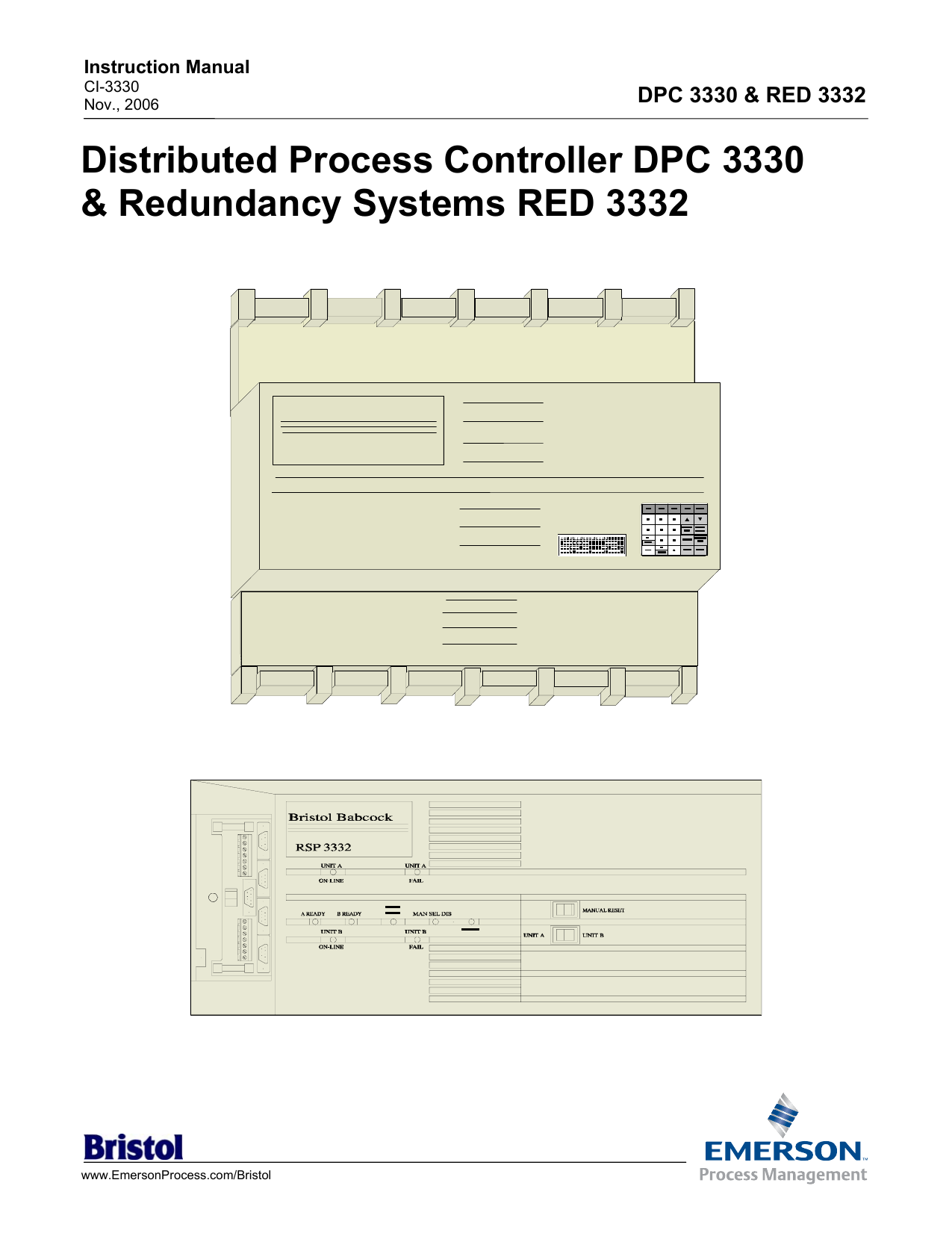


rewriting the program.The ControlWave architecture offers several advantages over existing 3310/3330s including increased compatibility with industry standards such as IEC 61131-3 programming, Ethernet, IP and FTP communication, support for 56 bit encrypted User Name/Password security sign-on and multiple user access levels. For most applications, the ACCOL Translator will reduce the conversion effort by up to 80% vs. Communication compatibility is maintained through the same use of BSAP and Modbus protocols as were used in the 33.In order to preserve most of owners ACCOL program development time and expense, the ACCOL Translator utility will allow application program conversion to ControlWave Designer IEC 1131 Structured Text. The CW_10 and CW_30 CPUs support all of the commonly used analog, discrete and counter I/O cards, as well as modems and radios currently installed in the RTUs.

Customers can easily remove the existing CPU and communication cards and replace them with the new ControlWave architecture cards. The CW_10 and CW_30 CPUs are direct replacements for the 33 CPUs. However, with the growing popularity of ControlWave, the latest generation hybrid PLC/RTU products, customers have expressed interest in an inexpensive migration path to allow them to realize all of the benefits of the new ControlWave technology without replacing their entire SCADA system.The new CPU products, named CW_10 and CW_30, are intended to offer a cost-effective upgrade path to the ControlWave architecture for existing 33 systems by allowing existing customers to maintain their investment in I/O, wiring, communication infrastructure and application program development.

Introduced initially in 1988, the 33 have retained their status as the RTU of choice by many loyal customers. introduces the CW_10 and CW_30 CPU upgrades for the installed base of RTU 3310 and DPC 3330 controllers.Bristol Babcock has over 50,000 33 RTUs installed in SCADA systems throughout the world. Watertown, CT, August 2005 Bristol Babcock Inc.


 0 kommentar(er)
0 kommentar(er)
